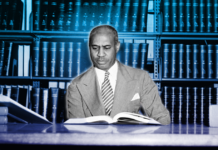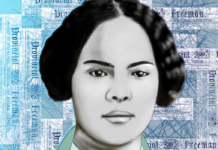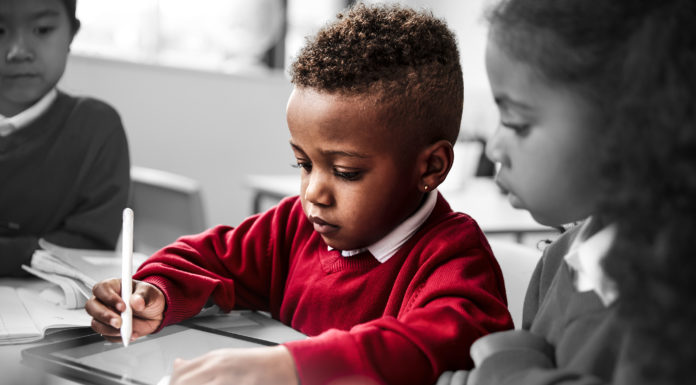I am a proud daughter of a Black man raised in the South and a Japanese woman raised in rural Japan. My childhood home was a magical blend of James Brown’s I’m Black and I’m Proud and living the traditions of nihon no onnanoko (a girl of Japan).
My parents intentionally raised me in a bilingual and bicultural home to affirm the identities within me that the America they experienced would minimize. Yet despite my parents’ love and affirmation, the predictable pattern of one dimensional history lessons in school managed to suggest a divide that need not exist.
In most of our nation’s classrooms, the consistent historical narrative recounted from the white lens tells the history of Black people through the experiences of slavery and the Civil Rights Movement. Similarly, the story of Asian people is often limited to immigration journeys and the attack on Pearl Harbor.
These histories taught in isolation not only ignore my personal intersectionalities, but deny the singular struggle with systemic oppression for both Black and Asian people. But as a young student, my mind, body, and being somehow recognized the common yearning for liberation of people whose ancestral roots are found in different parts of the world.
By decentering the sole perspective of the dominant white culture and elevating the layers of identities that exist in the margins, educators can develop lessons that invite a critical interrogation of history. And through inquiry of multiple viewpoints, students would have an opportunity to examine untold stories, as well as the lasting effects of historical events on all of humanity instead of a single group of people.
Students would then discover that history is a chronicle of events that expose the wielding of power by some and the impact of that power on others. In truth, many times the effect was a unifying force among those with the shared struggle of oppression.
For example, in 1869, Frederick Douglass gave a speech in support of Chinese immigration. In it he states,
It is this great right that I assert for the Chinese and Japanese, and for all other varieties of men equally with yourselves, now and forever. I know of no rights of race superior to the rights of humanity, and when there is a supposed conflict between human and national rights, it is safe to go to the side of humanity.
—Frederick Douglass
Still in the shadows of the Civil War (1861-1865), Douglass delivered these words of support for Chinese immigration in a time of heightened animosity toward Asians. Though well-known for his role as an abolitionist, his full narrative reveals that Douglass advocated for human rights, not just those of Black Americans.
With intentional lesson design, teachers can offer students a study of ideas that support collective struggle and antiracism. Unfortunately, Douglass’ demonstration of social justice in solidarity with Asians remains untold in nearly all of our schools today.
The story of Yuri Kochiyama, a woman of Japanese descent, provides yet another demonstration of the intersectional struggle for human and civil rights. Her activism alongside leaders like Malcolm X in the 1960s proved that no single group of people holds a monopoly over oppression. She stated,
Racism has placed all ethnic peoples
in similar positions of oppression, poverty and marginalization.—Yuri Kochiyama
The exclusion of Yuri Kochima’s story of activism within Black and Asian American movements, is another missed opportunity to emphasize the need for solidarity to improve the human condition.
Then there are place-based histories like that of Bronzville, now Little Tokyo in Los Angeles, California, that reveal the shared experiences of discrimination, displacement and econonic oppressions that plagued both Black and Asian Americans during the 1940s.
Despite the tensions created by the culture of white supremacy and racial hierarchy, Black and Japanese communities found solidarity in the face of racial rhetoric and fear mongering, both a part of the acculturation into white society.
When our teaching practices begin to introduce shared historical traumas and how we rise above them, our classrooms draw attention to social injustice and engage students in empathetic action for change. We can shift the social compulsion to compare our ordeals with oppression and instead find strength in collective advancement and ending hate.









